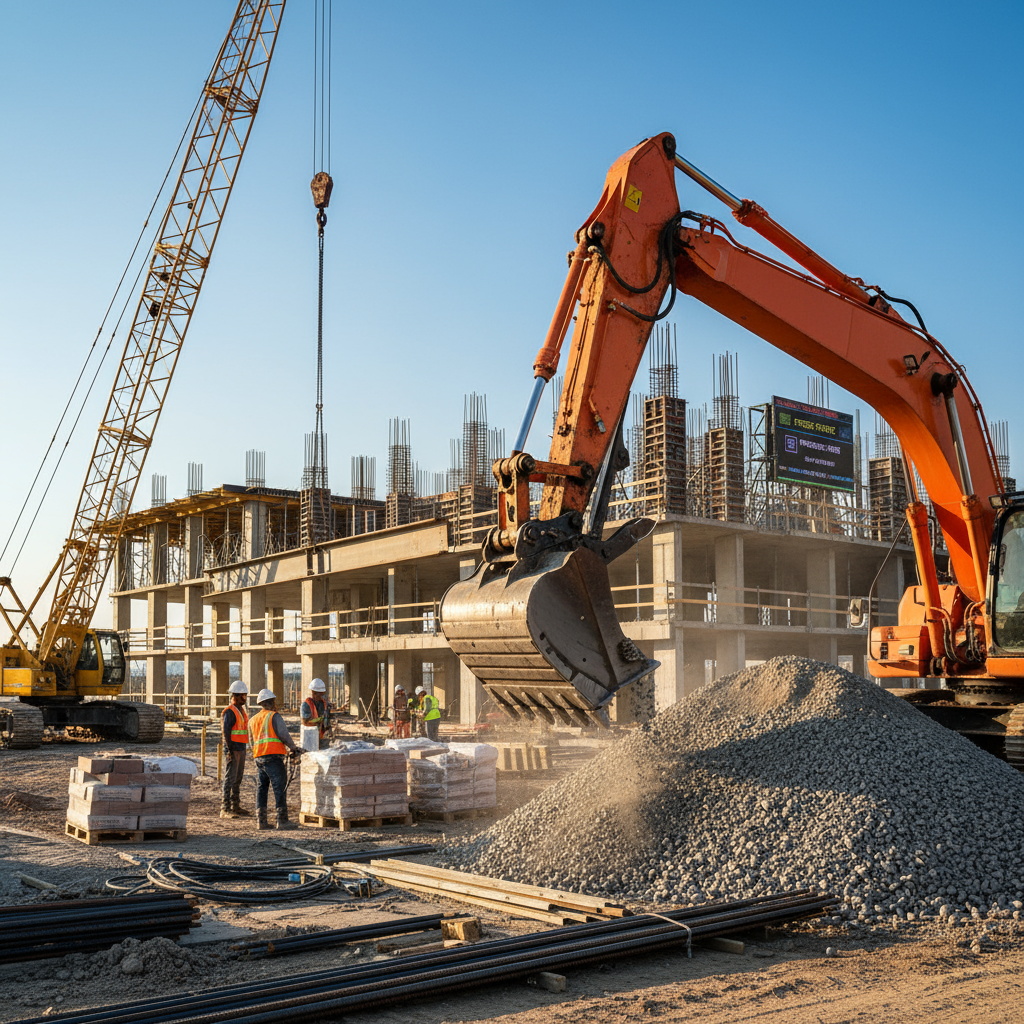Powering Progress: A Deep Dive into Construction Site Efficiency

The modern construction landscape demands not just robust machinery but also intelligent power solutions. From ensuring seamless operation in remote locations to optimizing energy consumption, the choice of generator is paramount. This article explores how a specific combination of cutting-edge technology and astute planning can revolutionize productivity on site.
The Crucial Role of Power Generation in Energy Efficiency
In an era increasingly focused on sustainable practices, the energy efficiency of construction equipment is no longer a niche concern but a fundamental operational mandate. For large-scale projects, the generator is often the heart of the operation, supplying vital electricity to a myriad of tools. Optimizing its performance directly translates to reduced fuel consumption, lower emissions, and ultimately, a more cost-effective and environmentally responsible project.
Synergy of the Inverter Welding Machine and Advanced Generators
Consider the demanding requirements of an inverter welding machine. These sophisticated tools offer superior arc stability and precise control, crucial for high-quality welds. However, they are sensitive to power fluctuations, making the generator’s output quality a deciding factor. An advanced generator equipped with inverter technology ensures a clean, stable sine wave, perfectly suited for the delicate electronics of modern welding equipment. This prevents damage to the welder, improves weld quality, and extends the lifespan of both machines. Furthermore, the ability to power single-phase and three-phase equipment simultaneously through selective AC output options on a versatile generator becomes indispensable, alleviating the logistical nightmare of managing multiple power sources or complex electrical conversions on site.
Technical Specifications for Seamless Operations
When selecting a generator to power an inverter welding machine, especially when high altitude in sub-zero temperatures is a factor, several technical specifications rise to prominence. Firstly, **inverter technology with AVR (Automatic Voltage Regulation)** is non-negotiable. This combination guarantees a stable power supply, protecting sensitive electronics from voltage spikes and sags, which are exacerbated by extreme environmental conditions. Secondly, a **large-capacity fuel tank (e.g., 50+ liters)** is essential. This minimizes refueling frequency in harsh conditions, reducing worker exposure to cold and improving operational uptime. Lastly, a **cold-weather starting system (e.g., pre-heater or electric start with battery warmer)** is crucial for reliable operation when temperatures plummet, ensuring the generator can be brought online quickly and efficiently without unnecessary delays.
Conclusion: Powering the Future of Construction
The strategic selection of power generation equipment, tailored to specific project needs and environmental challenges, is a cornerstone of modern construction. By marrying the precision of an inverter welding machine with a high-performance, inverter-equipped generator capable of handling extreme conditions and diverse power requirements, construction teams can achieve unparalleled efficiency, safety, and productivity, even in the most demanding environments. This integration is not just about powering tools; it’s about empowering progress and building a more sustainable future.
[Date of Post: 30.09.2025]
